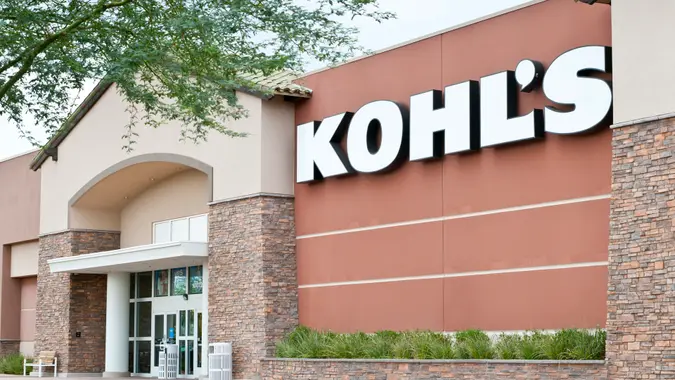I Asked a Mechanic How To Make My Car Last 500,000 Miles: Here’s What He Said

Commitment to Our Readers
GOBankingRates' editorial team is committed to bringing you unbiased reviews and information. We use data-driven methodologies to evaluate financial products and services - our reviews and ratings are not influenced by advertisers. You can read more about our editorial guidelines and our products and services review methodology.

20 Years
Helping You Live Richer

Reviewed
by Experts

Trusted by
Millions of Readers
While Car and Driver said typical cars last around 200,000 miles, you can coax far more out of your car — if you’re willing to give it the care it needs. Thereby, saving you money in the long run. That starts with forethought before you even buy the car.
Want your car to give you around half a million miles? Let’s find out how.
Choose the Right Vehicle
Not every car can make it to 500,000 miles. To maximize your odds of success, you need to choose a car brand and model renowned for their reliability and longevity. Toyota, Honda and Subaru all have excellent records for dependability, as the Consumer Reports 2025 rankings show.
Drive Smoothly
No one likes being told how to drive, but how you drive affects the wear and tear on your car.
“Harsh driving takes years off a car,” said Alan Gelfand, mechanic and owner of German Car Depot. “Flooring the gas pedal, hard braking and skipping warm-up time reduces the lifespan of both the engine and transmission.”
Use Premium Gasoline
Likewise, most drivers don’t want to pay for premium at the pump, but it helps your engine last longer.
Melanie Musson, auto industry expert with AutoInsurance.org, has seen this with vehicle after vehicle. “Top-tier gasoline helps keep your car’s working parts clean and moving with minimal friction.”
Follow a Strict Maintenance Schedule
Most cars don’t make it to 250,000 miles, much less 500,000 because their drivers get lackadaisical about scheduled maintenance.
That starts with regular oil changes, but it certainly doesn’t end there. “Transmission services, coolant flushes, timing belt or chain care and brake system maintenance all need to be done on schedule — every time,” Gelfand added. “Skipping one service interval can shave years off the life of a car.”
Keep an eye on other fluids beyond oil as well. Regularly check coolants, brake fluid and transmission fluid to minimize wear and tear on your engine.
Jump on Fixes Fast
The second you hear an unusual sound or feel the engine or brakes responding differently, take the car to the shop.
Just like home repairs, small issues can balloon into major damage with expensive repair bills. Catch them early to minimize the damage to your drivetrain.
Budget for Repairs
The older your car gets, the more you’ll need to spend on repairs and replacement parts. Plan and budget for them.
“The journey to 500,000 miles will require multiple brake replacements, suspension parts changes, alternator replacements and possibly two transmission rebuilds,” Gelfand explained. Car parts don’t last forever, so the longer you plan to drive your car, the more parts you’ll have to replace.
More From GOBankingRates
 Written by
Written by  Edited by
Edited by 


























